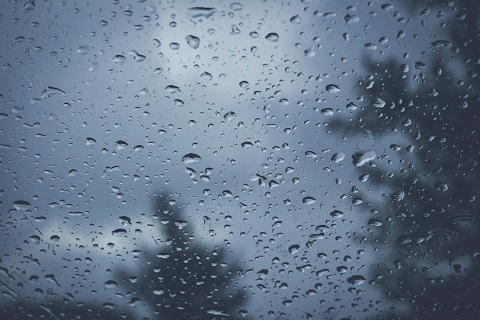
Getting your car's windows tinted can improve its appearance, protect passengers from harmful UV rays, and enhance privacy. However, it's important to understand some basic facts about window tinting before going ahead with the process. In this guide, we'll answer some of the most frequently asked questions regarding window tinting.
What Are the Main Types of Window Tint?
The first thing you should know about window tint is that there are several types you can choose from, all with specific pros and cons.
Metalized Window Tint
This type of window tint uses special metal microparticles to keep sunlight from entering the car's cabin. It's also resistant to scratches and will strengthen your windows, making it harder for them to break and shatter when hit by a hard object. It has a shiny metallic look that some people love, but it's not to everyone's taste. Aside from appearance, the only potential downside of fitting metalized window tints on your car is that they sometimes affect radio and GPS signals.
Dyed Window Tint
This window tint comprises multiple layers of dyed material that reduce sunlight intensity inside your car's cabin. Its effect is similar to that of sunglasses, and you can choose a specific level based on how dark you want your car's interior to be. This is the most affordable and popular type of window tint. Although it does a decent job, it won't offer the same UV protection and heat insulation that metalized tints provide. It also becomes less effective as time goes by and will need replacing.
Hybrid Window Tint
As the name suggests, this type combines dyed and metalized window tints. It's formed from multiple layers of dyed materials with a thin metal layer sandwiched in between. Hybrid window tints minimize the downsides of metalized and dyed tints, as they don't affect radio and GPS signals much and provide better protection than dyed options. They're usually more expensive than dyed but cheaper than metalized tints.
Carbon Window Tint
This type of window tint is superior to dyed, hybrid, and metallic tints but also more expensive. These tints are better at blocking the sun's rays and insulating the interior from heat. Despite being more expensive, they're also much more durable, which can result in cost savings over time.
Ceramic Window Tint
This is the most effective type of window tint currently available. It blocks over 99% of harmful UV rays, and its ceramic particles won't lose their properties over time or interfere with radio and GPS signals. They're also a good choice for those who want to reduce UV rays and glare but don't like darkened windows. Given all these qualities, it's natural that ceramic window tints are the most expensive out of the five.
How Do You Choose the Right Tint?
Choosing the right tint involves considering some objective and subjective factors. These are some of the most relevant ones.
Your Personal Preference
First, you should consider how dark you want your windows to be. Some like the enhanced privacy that darker tints offer, while others prefer the open look that a lighter tint will provide. We suggest starting the tint-choosing process by deciding your preference.
Your Local Tint Laws
Each U.S. state has slightly different regulations regarding how dark you can make your car's windows. It's important to check your state's laws to avoid being pulled over and getting a ticket. If you have your window tints fitted by professionals, such as our technicians at Bountiful Mazda, they'll be familiar with your state's laws and can advise you if your preference is within the legal limit.
Your Local Climate
Another critical factor is how hot or cold it gets in your area. If you get plenty of heat and sunlight throughout the year, you may prefer darker tints, which keep your car's cabin cooler. If you live in a colder climate, such as here in Utah, you may prefer a lighter option to avoid making it too dark inside your car on those cold, cloudy winter days.
Your Budget
Another decisive factor in your choice is how much you're willing to pay for your window tints. As discussed earlier, more effective and long-lasting tints, such as ceramic and carbon, are significantly more expensive than dyed and metallic. You'll get your money's worth in the long run, but you may not be willing to invest so much all at once. Also, remember that the darker the tint, the more it will cost.
What Are the Main Benefits of Getting Your Windows Tinted?
Some of the most important benefits of tinting your car's windows are:
- UV protection: They protect everyone inside from harmful UV rays.
- Better insulation: They keep the cabin cool in the summertime and warmer during the winter.
- Glare reduction: They reduce glare, improving comfort and making driving easier.
- Privacy and security enhancement: They make it harder for someone to look inside your car, and they also strengthen the windows.
- Improved looks: Tinting your car's windows can make it look more stylish and appealing.
Get Your Windows Tinted at Bountiful Mazda
You'll be much better off having your windows tinted by professionals. At Bountiful Mazda, our technicians will advise you and help you decide on the window tint that best fits your needs, style, and budget. You'll also have the peace of mind that comes with knowing that an experienced technician installed your tints. Contact us today to schedule a visit to have your windows tinted.
Image by Brina Blum | Licensed with Unsplash License